Although Senho Chiller provides installation guidance service, if you already have some experiences in chiller operation and installation, you can choose to proceed by yourself to save labor cost and time
But first we need to stop thinking that chiller installation is simple enough, that we just need to connect it to electricity and water, it can just work well by itself. Pay attention to a few more details, the chiller will return you better performance and longer service life.
Here are the precautions that you need to know before proceed:
1. Selection of installation location.
For air cooled chillers, we need an open space with good ventilation. Make sure there is no barriers or walls within 1m around it, otherwise there will be trouble for air flow and heat dissipation. The point is we need to make sure the heat out from the chiller can be removed outside, instead of circulating within a small space. The distance to block also ensures space for maintenance. If you are planning to install an air cooled chiller in a space with poor ventilation, you need to consider mounting air duct on top of the chiller near the condenser fans, so to make sure heat removal.
In below picture, Case1 is a chiller located in drafty condition, Case 2 is a chiller located in poor ventilation environment.
For water cooled chillers, we just need to reserve enough space for maintenance, as the heat from the chiller is removed through water to the cooling tower.
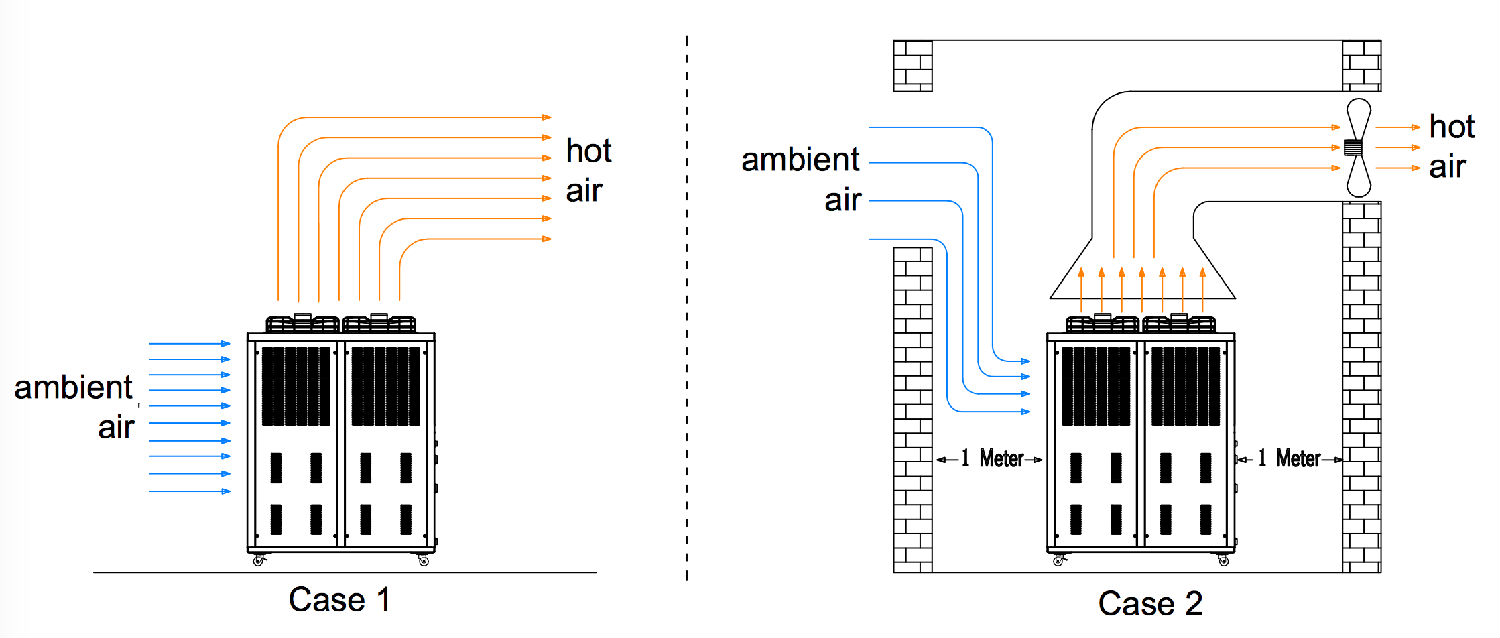
2. Ground for locating the chiller.
Industrial chiller must be placed on solid and level concrete floor which is able to support the weight of the chiller. The levelness of the floor should be within 6mm. Chillers vibrate when running, if the floor is not solid nor flat, the chiller will easily displace, especially for portable chiller with castors. Rough ground will amplify the vibration of chiller, which will lead to serious troubles after long time running.
For a large chiller unit, say models higher than CRA/CRW60, we need to build concrete foundation for it. It is necessary to make 50-100mm absorbing gap fill with sands or pitch all around the foundation. On the foundation, there should be bolt holes for fastening the chiller base and concrete foundation together.
After the above things are done, let’s put the chiller on the foundation. Then we need a level meter to check if there is any incline. If there is, put parallels between chiller base and concrete foundation to adjust it.
3. Pipe and wire preparation.
In a Senho chiller specification sheet, there is connection size and max amps for the unit. Correctly select the pipe and wire size by referring to it.
4. Put filter at the inlet of chiller.
If you are not so confident with the water quality in your factory, filtration is a necessity to avoid the chiller water circuit from trouble.
For smaller unit, such as models below PRA/PRW10, you might use cup type filters as below.
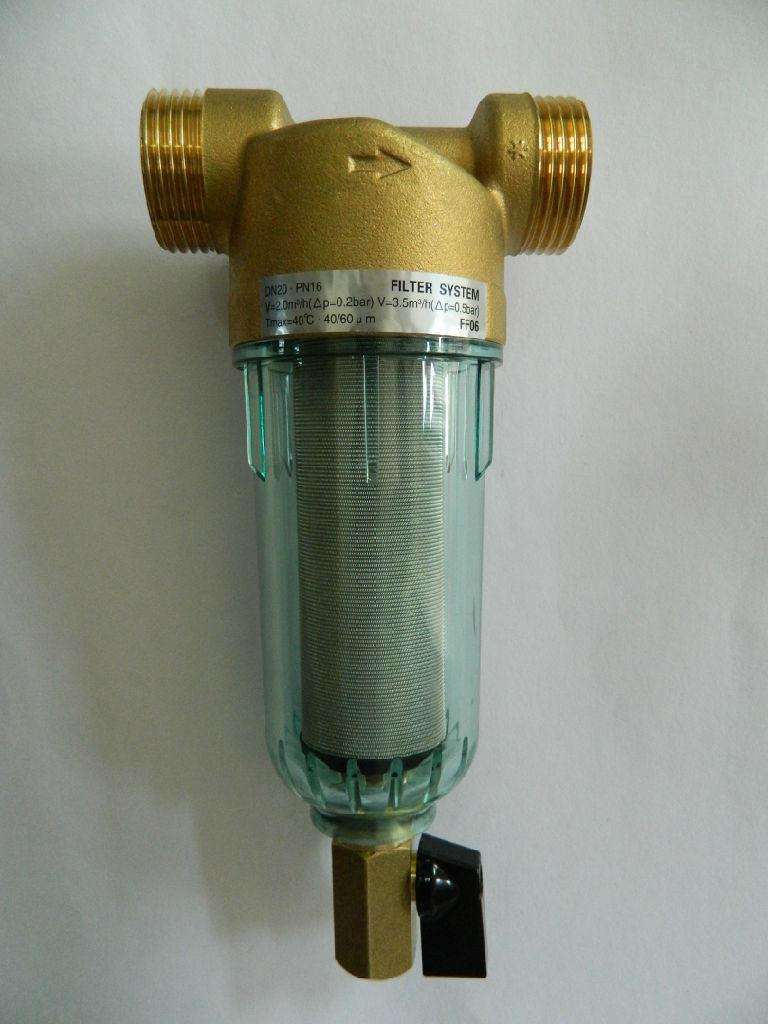
For bigger units, Y type filter is suggested.
For water cooled chiller, it is important to put filter at inlet of the condenser, as in most cases, the water from cooling tower contains foreign matters. You can always choose a proper filter system according to your own condition.
5. Correctly pipe according to guidance provided by Senho.
Make sure you are clear that which port you should connect to. Although there will be sign of inlet or outlet of every Senho chiller, double check it please.
It is important to know where you should put the pumps in a cooling system. Here is a short tip, the pump always suck water from sources. By sources, we mean devices that hold the most water in a circuit, for example, an external water tank, water basin of cooling tower, etc. See the drawing below.
If you are not using a self-sucking pump, make sure the pump is located at a lower level than the water level in container, otherwise the pump might idle.
Put valves at each side of every device, including chiller unit, pump, water tank, which you need to maintain every now and then. You definitely don’t want to waste the water in the circuit and spoil it everywhere when you have to check the devices.
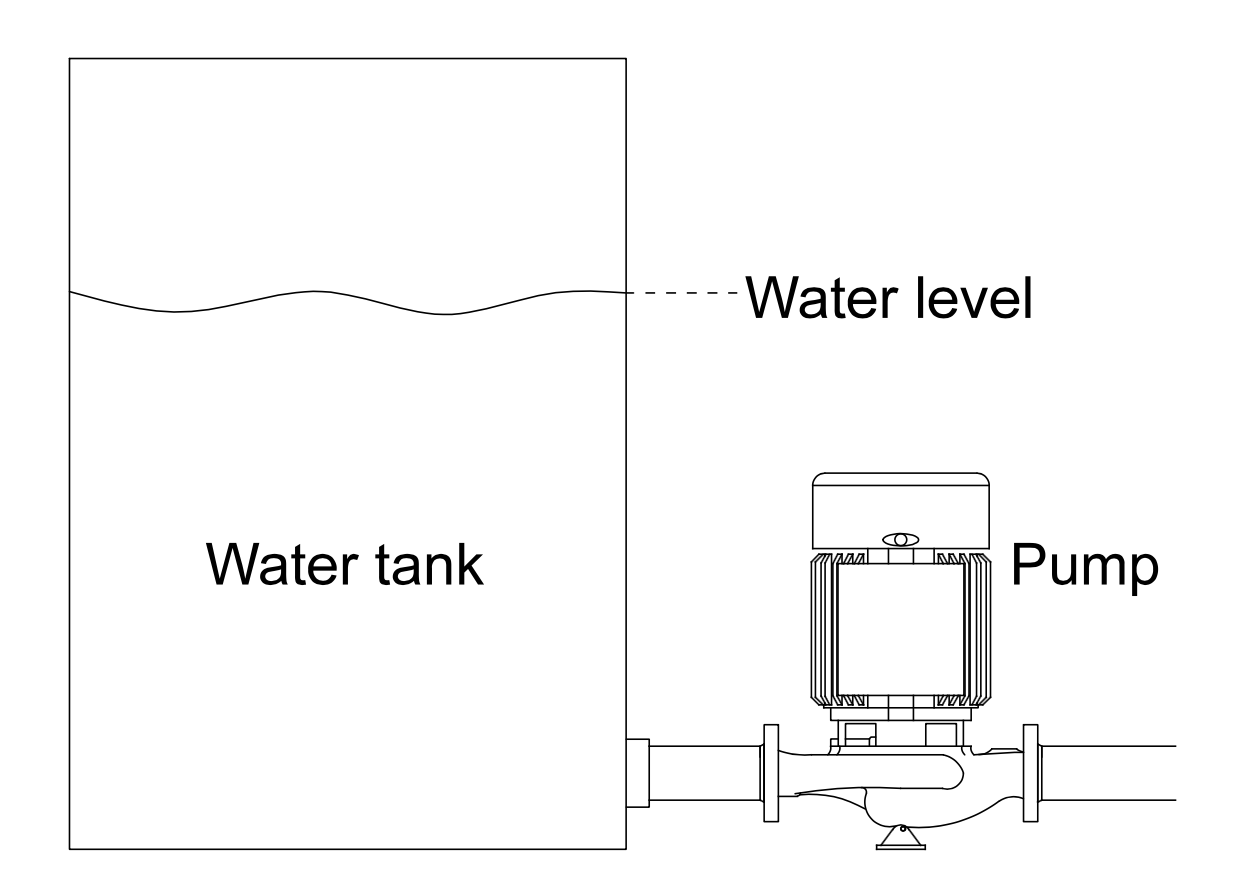
Water pressure gauge is a great option, you could find if your water circuit was blocked or leaking by monitoring the pressure value.
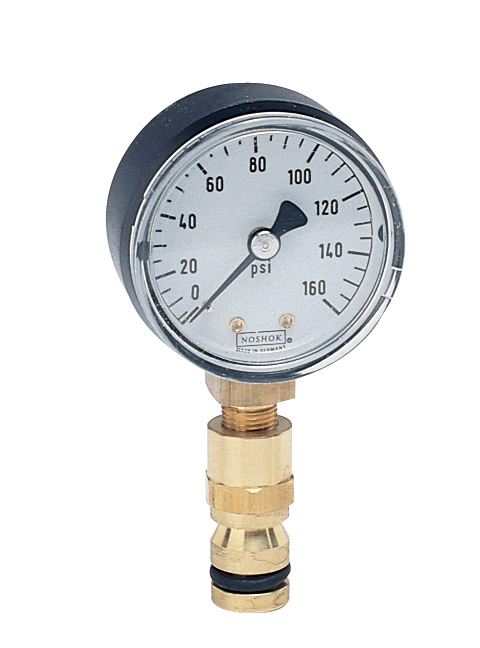
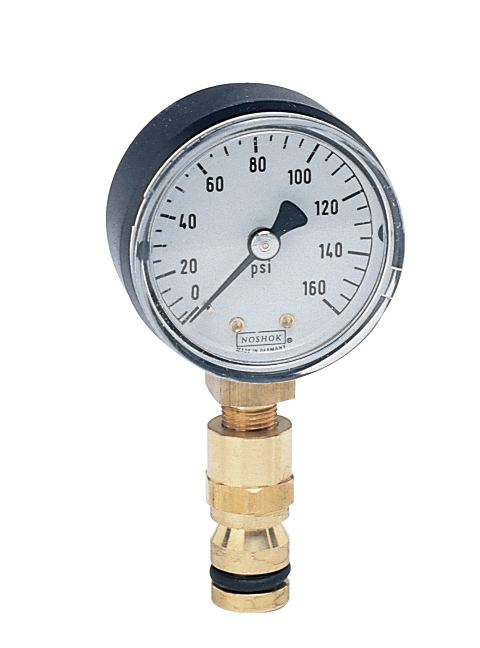
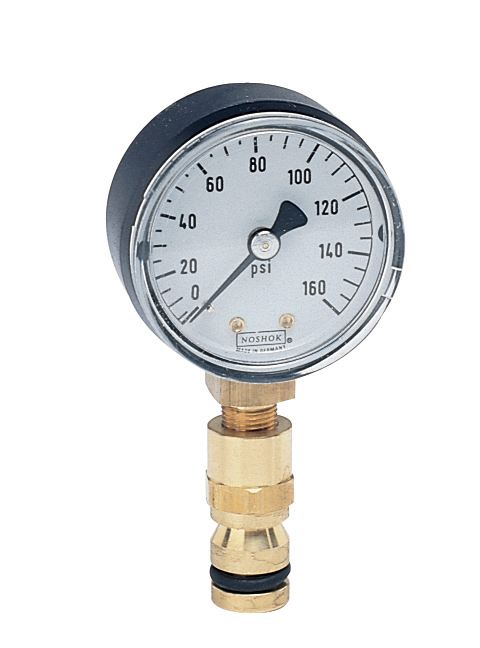
6. Anti-vibration.
For larger cooling project, flexible joints at each side of devices with electric motors are strongly recommended. Flexible joints will save your water piping from a lot of troubles, including leakage, noise, etc. 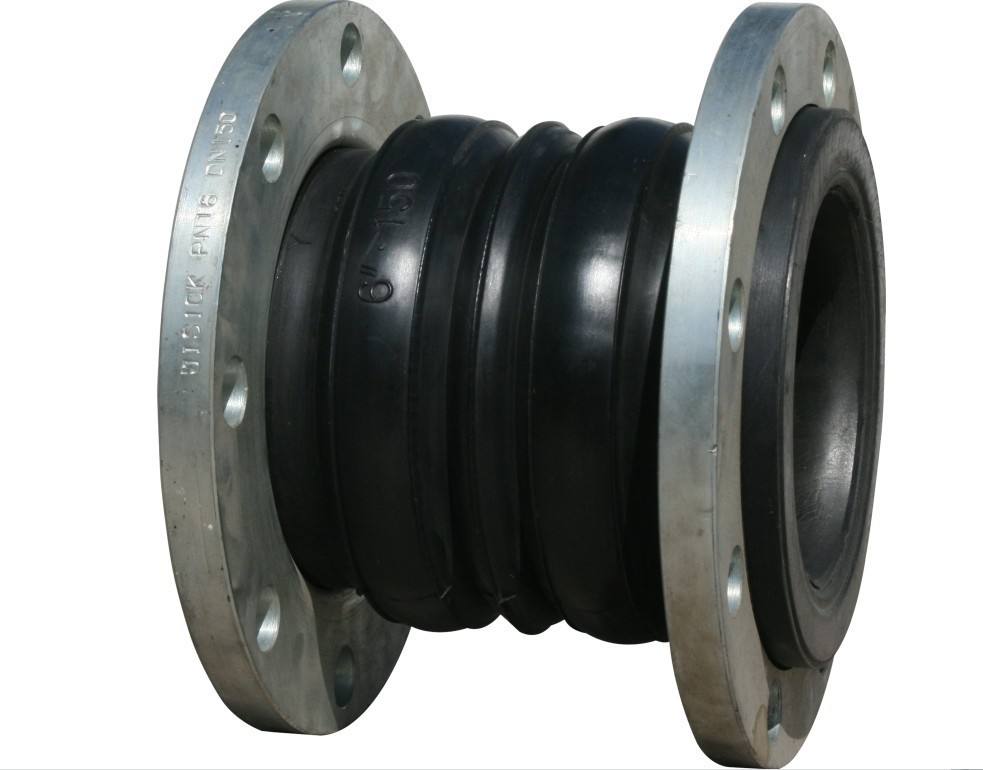
Water pipes should be built on strong support, which does not rely on chiller or pump.
7. Consideration of maintenance.
We mention maintenance space and valves in previous content. In addition to this, you might consider to mount some assistant devices such as hanging rail.
Most importantly, if you are going to do installation by yourself, please reach Senho for assistance, we will be at your service any time.